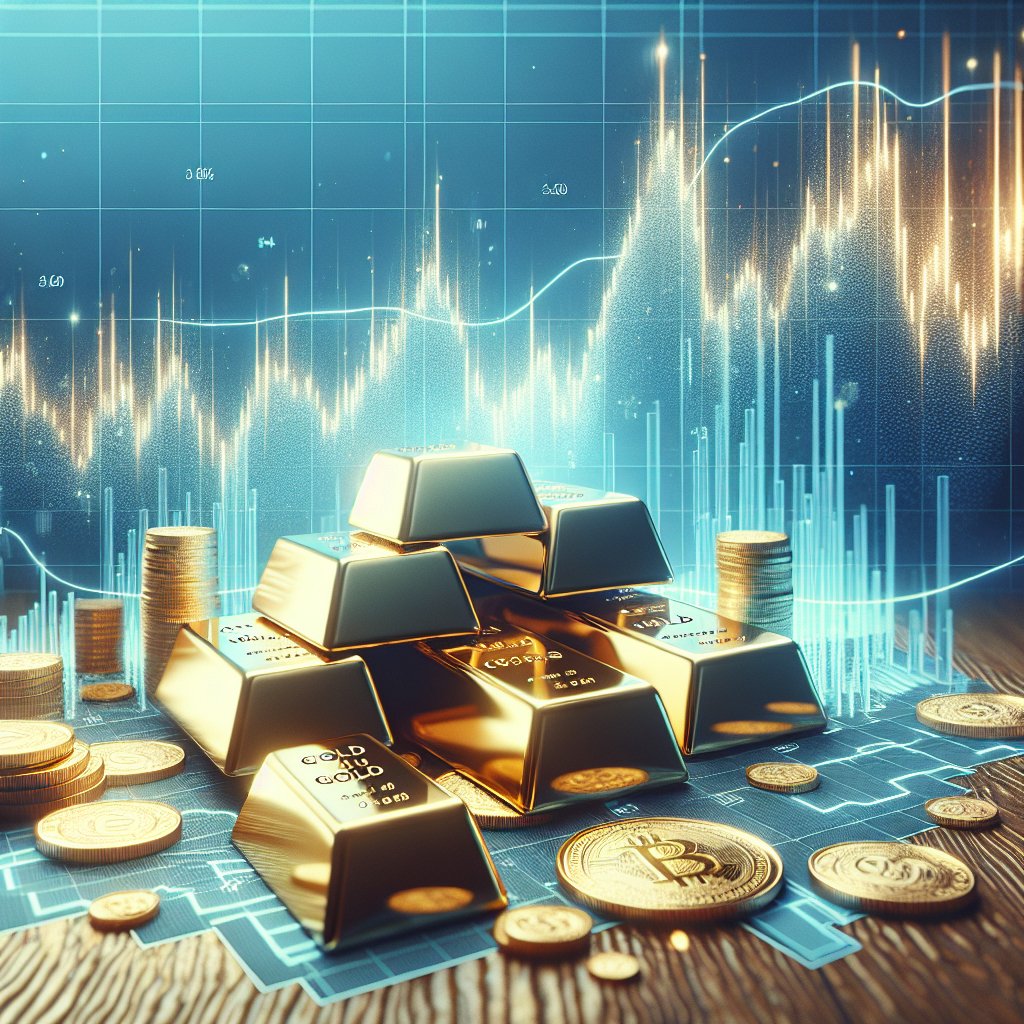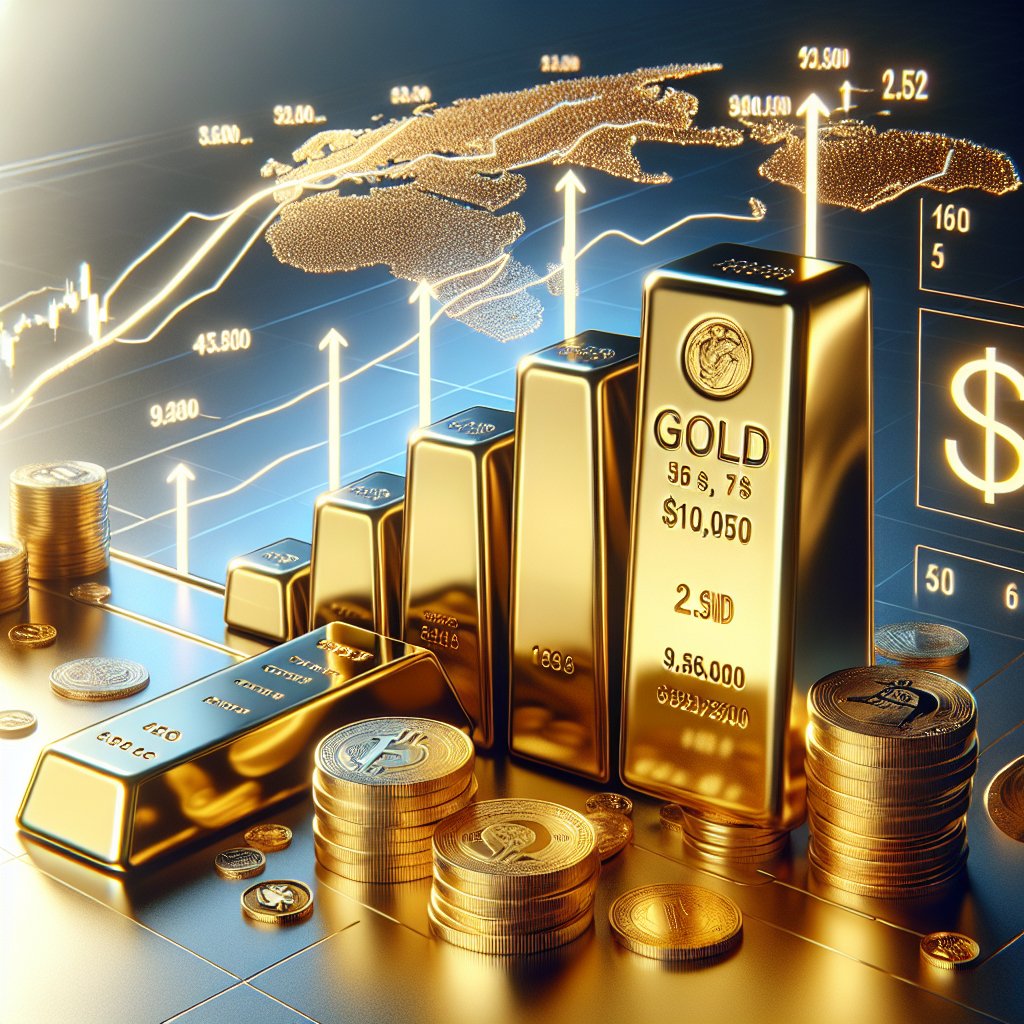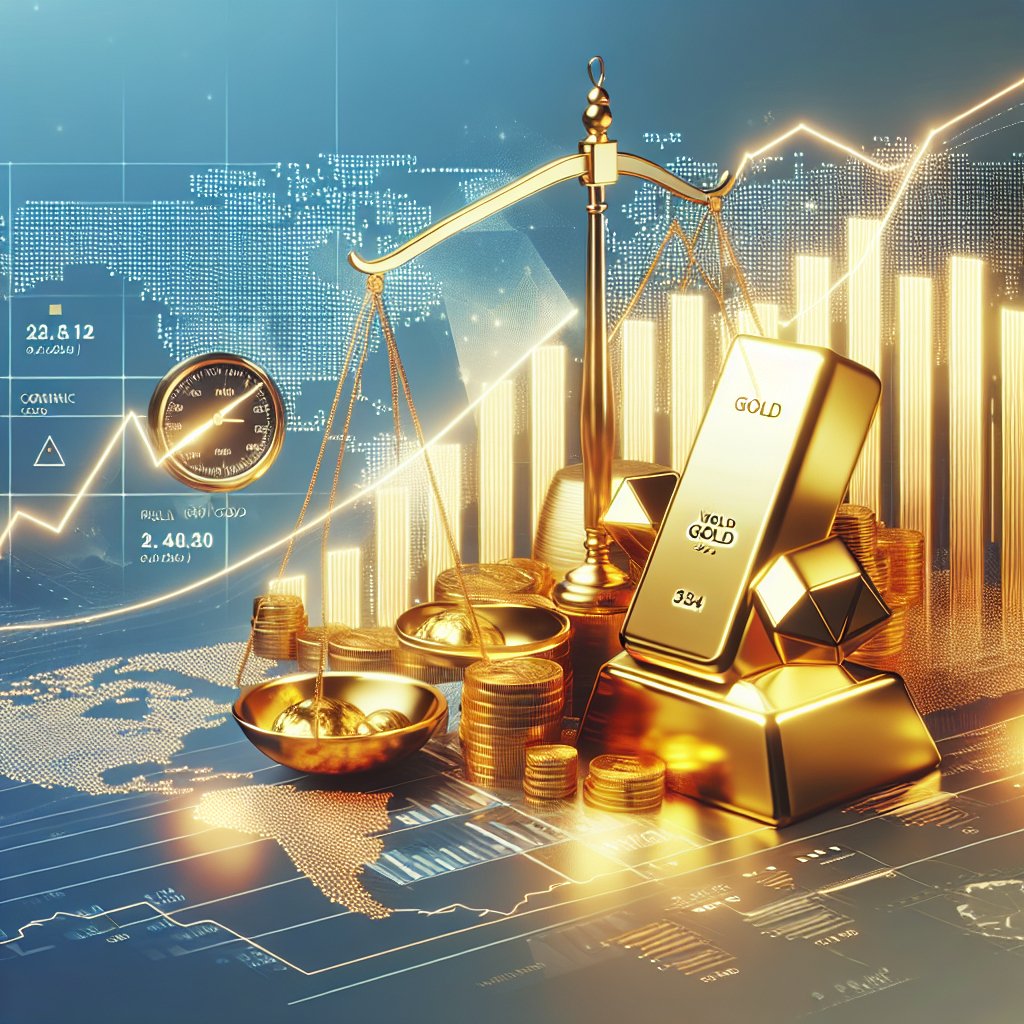Gold has long been considered a safe haven asset, especially during times of financial uncertainty. Its value tends to rise when economies falter, making it a popular choice for investors looking to protect their wealth. This article explores the reasons behind the spikes in gold prices during financial crises, examining the factors that drive this phenomenon and the implications for global markets.
The Historical Role of Gold as a Safe Haven
Throughout history, gold has been revered for its intrinsic value and stability. Unlike fiat currencies, which can be subject to inflation and devaluation, gold maintains its worth over time. This characteristic has made it a preferred asset during periods of economic turmoil. When financial markets become volatile, investors often flock to gold as a means of preserving their capital.
During financial crises, the demand for gold typically increases as investors seek to hedge against risks associated with traditional investments like stocks and bonds. This surge in demand often leads to a spike in gold prices. Historical data shows that during major financial downturns, such as the 2008 global financial crisis, gold prices experienced significant increases. This pattern underscores gold’s reputation as a reliable store of value in uncertain times.
Factors Driving Gold Price Spikes During Crises
Several factors contribute to the rise in gold prices during financial crises. One of the primary drivers is investor sentiment. When confidence in the financial system wanes, investors tend to move their assets into safer investments, with gold being a top choice. This shift in sentiment can lead to increased buying activity, pushing gold prices higher.
Another factor is the role of central banks. During financial crises, central banks often implement monetary policies aimed at stabilizing the economy, such as lowering interest rates or engaging in quantitative easing. These measures can lead to currency devaluation, prompting investors to seek refuge in gold. As a result, the demand for gold increases, driving up its price.
Additionally, geopolitical tensions and uncertainties can exacerbate financial crises, further boosting gold prices. In times of political instability or conflict, gold is seen as a safe asset that can withstand the impact of such events. This perception leads to increased demand and, consequently, higher prices.
The Impact of Gold Price Spikes on Global Markets
The rise in gold prices during financial crises can have significant implications for global markets. For one, it can affect the balance of trade for countries that are major gold producers or consumers. Countries with substantial gold reserves may benefit from higher prices, as they can sell their gold at a premium, boosting their foreign exchange reserves.
On the other hand, countries that rely heavily on gold imports may face increased costs, impacting their trade balance and potentially leading to inflationary pressures. This dynamic can influence exchange rates and affect the competitiveness of a country’s exports.
Moreover, the increase in gold prices can impact investment strategies. Investors may allocate more of their portfolios to gold, reducing their exposure to other asset classes. This shift can lead to changes in market dynamics, affecting the performance of stocks, bonds, and other investments.
Conclusion: The Enduring Appeal of Gold
In conclusion, the tendency for gold prices to spike during financial crises highlights its enduring appeal as a safe haven asset. The factors driving these price increases, such as investor sentiment, central bank policies, and geopolitical tensions, underscore the complex interplay between gold and the broader financial system. As long as economic uncertainties persist, gold is likely to remain a key component of investment strategies, offering a measure of security in an unpredictable world.












